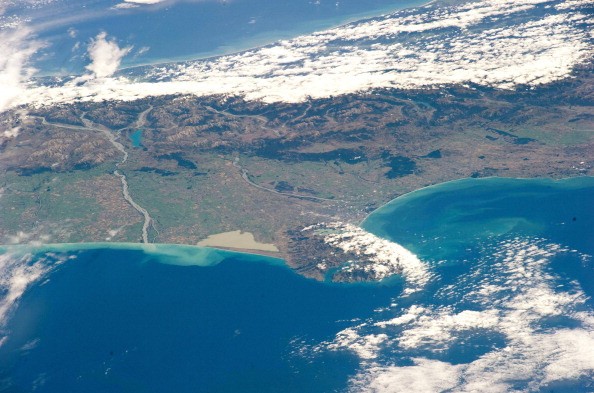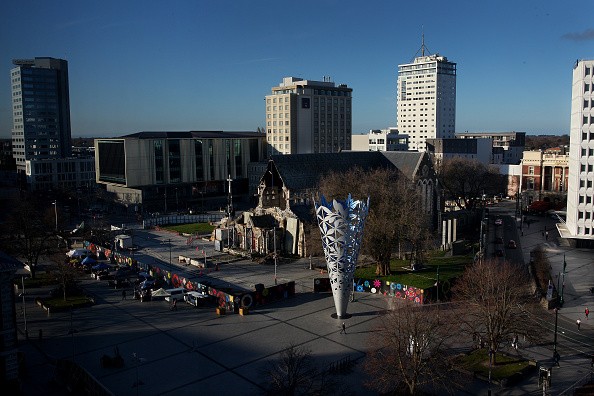South of New Zealand in the Tasman Sea is an extension of stormy ocean where the waves often dilate 6 meters (20 feet) or more and the winds usually blow at 48 km/h (30 mph) on a very good day.

Newest Subduction Zones
Deep beneath these seas that are stormy, Earth is disturbed, too. This area is home to the Puysegur Trench, and also a site of one of the planet's newest subduction zones. Here, the Australian plate is pushed under the Pacific plate, bringing about constant large earthquakes, both the 2004 7.2-magnitude quake.
Now, new research shows how this juvenile subduction zone came into existence: More than millions of years, a little part of the "hidden" continent of Zealandia on the dividing line between the Australian and Pacific plates, got expanded and shifted in a way that caused the denser oceanic crust to forcibly shut into - and underneath- it. This discovery that positioning distinct types of crust against one another at a preexisting plate boundary causes subduction may help in explaining how other young subduction zones all over the world form.
Also Read: Subduction Zone in 'Embryonic' Stage Discovered off Portugal Coast
Plate Boundaries
Study lead author Brandon Shuck, a doctoral candidate at the University of Texas at Austin said: "Subduction zones are one of the most crucial, if not the most crucial, plate boundaries. He also added that they're actually the major plate tectonics drivers, so they're the main reason why the Earth's plates actually move. They're also very catastrophic plate boundaries. And scientists don't actually have the knowledge on how they began and how they came about in the first place."
Subduction zone formation is bizarre due to the fact that the subduction zones are destructive by nature. When an oceanic crust plate dives below the continental crust, there is a twist, break, and deformity at the surface rock. Meanwhile, the oceanic slab swirls into the mantle, where it is liquefied beyond recognition. Little geological history is then left behind to study. The subduction zone in the Puysegur margin is juvenile enough that this history has not yet been eliminated. Making it a perfect spot to answer the question of how the subduction zones came about in the first place, Shuck said to Live Science.

The Puysegur Margin
There's no good explanation yet on how tectonic plates crack open and begin to subduct. Studying the Puysegur margin is not an easy feat, though, due to the fact that it's in the "Roaring Forties," the latitudes that are between 40 degrees south and 50 degrees south where the currents and winds are usually brutal.
Experts aboard the research vessel in 2018 Marcus Langseth set out to this area as an inclusion of the South Island Subduction Initiation Experiment. Shuck said the trip was very challenging. The team had to use almost a quarter of the time sheltering behind islands to prevent gales.
Related Article: Global Subduction Zone Map Highlights Regions at Risk of Major Earthquakes
For more news, updates about subduction zones and similar topics don't forget to follow Nature World News!
© 2025 NatureWorldNews.com All rights reserved. Do not reproduce without permission.





